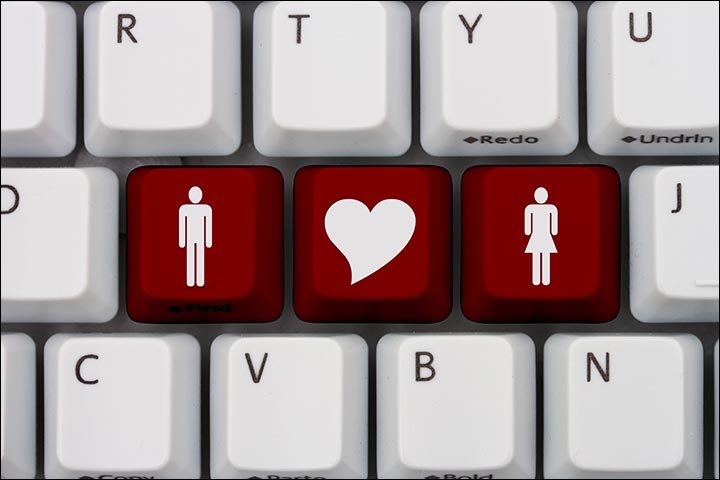Romance has been a central theme in storytelling for centuries, evolving from traditional fairy tales to modern streaming-era love stories. Popular media has shaped our understanding of love, courtship, and relationships, influencing how we view romance in real life. Over time, the portrayal of love has shifted dramatically, reflecting societal changes and evolving cultural expectations.
Fairy Tales and Classic Romance
The earliest representations of romance in media can be traced back to fairy tales and classic literature. Stories like Cinderella, Snow White, and Sleeping Beauty portrayed love as magical, idealistic, and often instantaneous. These tales emphasized themes of destiny, true love, and happily-ever-afters, reinforcing the belief that love was something that happened at first sight and always led to eternal happiness.
During the 19th and early 20th centuries, romantic literature continued to shape societal views on love. Novels like Pride and Prejudice by Jane Austen and Wuthering Heights by Emily Brontë introduced more complex and emotional portrayals of romance, incorporating themes of personal growth, class struggles, and deep passion. Despite these complexities, love was still often depicted as the ultimate goal in life, particularly for women.
Hollywood’s Golden Age: Love on the Big Screen
The rise of Hollywood in the early 20th century brought romance to the big screen, reinforcing traditional love narratives. Classic films like Gone with the Wind (1939), Casablanca (1942), and Roman Holiday (1953) showcased grand, sweeping love stories with dramatic conflicts and passionate reunions.
In the 1950s and 1960s, romance films often reflected societal norms, portraying men as strong providers and women as delicate, devoted partners. Love was still seen as an essential milestone, often leading to marriage and family. However, by the 1970s and 1980s, romance films began to break away from these rigid structures. Movies like When Harry Met Sally (1989) explored the idea of friendship evolving into love, while Pretty Woman (1990) challenged traditional notions of romance and class.
Romance in the Age of Television and the Romantic Comedy Boom
With the rise of television, romance became more serialized, allowing for deeper character development and more nuanced relationship dynamics. Soap operas and sitcoms, such as Friends and Sex and the City, introduced long-term romantic arcs, showcasing the highs and lows of love in a more realistic way.
The 1990s and early 2000s saw a boom in romantic comedies, with films like 10 Things I Hate About You (1999), Love Actually (2003), and The Notebook (2004) presenting love as both humorous and deeply emotional. While these films still idealized romance, they also began to reflect modern dating challenges, such as heartbreak, self-discovery, and personal growth.
Streaming Era: Love in the Digital Age
Today, platforms like Netflix, Hulu, and HBO Max have transformed romantic storytelling. Unlike traditional films, streaming services allow for diverse and unconventional love stories. Shows like Bridgerton, Emily in Paris, and You explore romance with fresh perspectives, tackling issues like gender roles, toxic relationships, and the influence of social media on dating.
Moreover, modern romance films and series are more inclusive, featuring LGBTQ+ love stories (Heartstopper), interracial relationships, and narratives that challenge outdated stereotypes. Love is no longer portrayed as a one-size-fits-all concept but as a deeply personal and evolving experience.
Conclusion
The portrayal of romance in popular media has come a long way from fairy tale fantasies to the diverse and complex love stories seen on streaming platforms today. While media continues to shape our expectations of romance, it also reflects the changing nature of love in real life. As society evolves, so too will the way we tell and experience love stories on screen.

